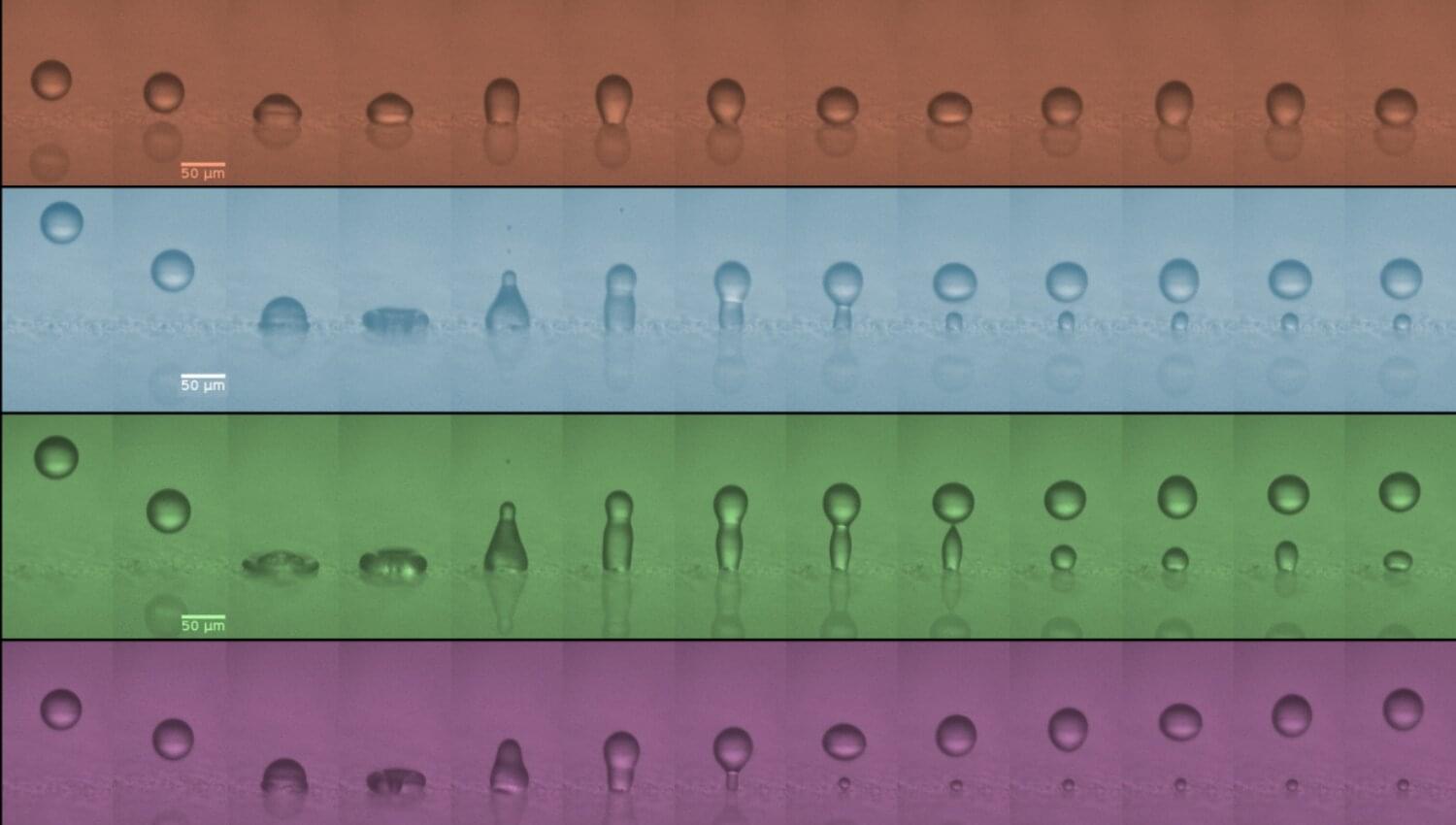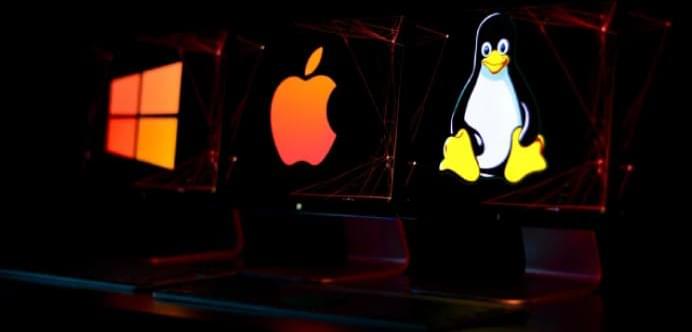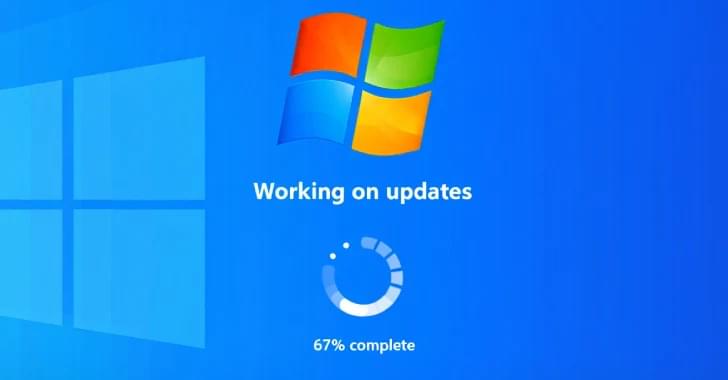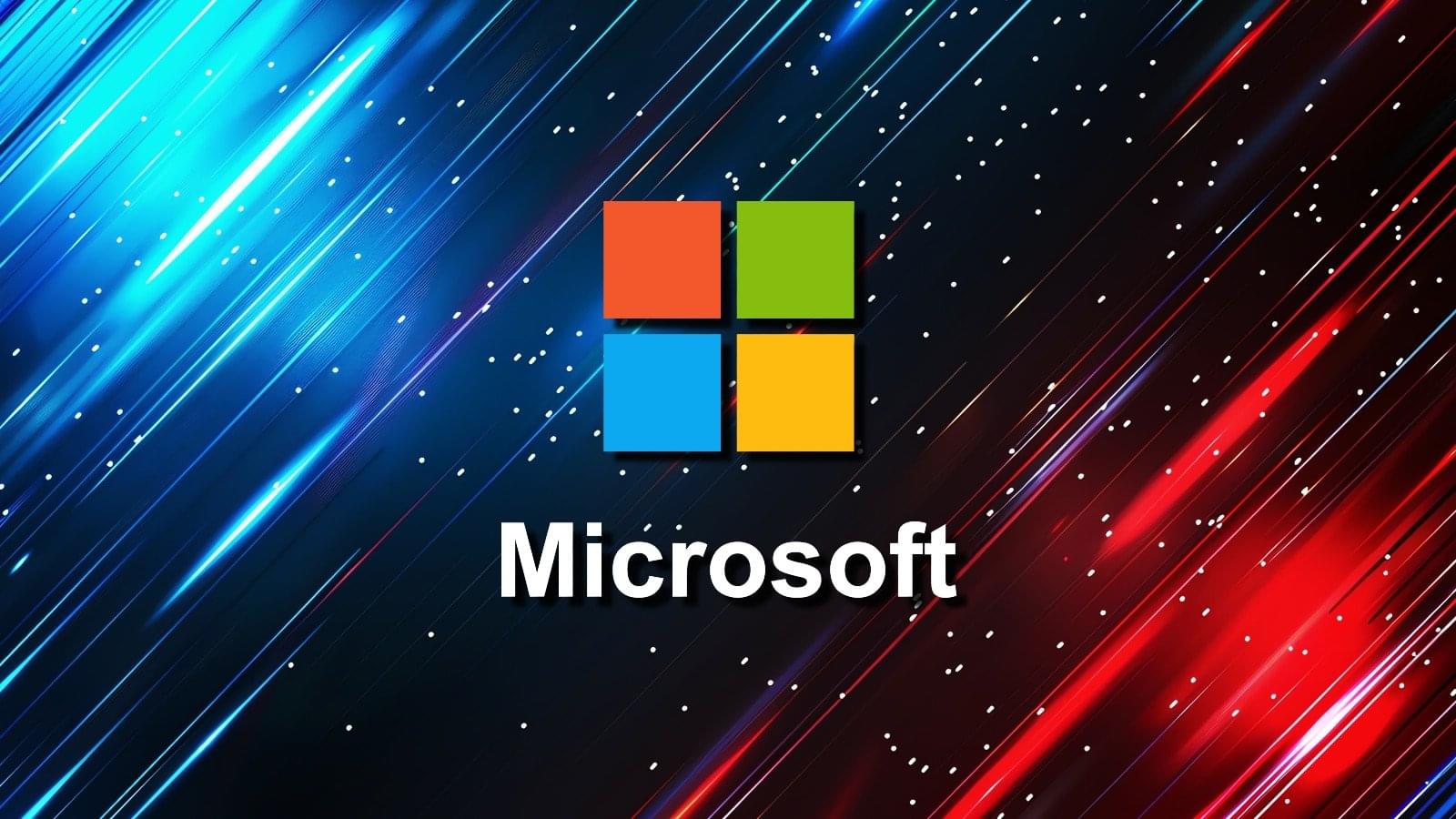When a droplet of liquid the size of a grain of icing sugar hits a water-repelling surface, like plastics or certain plant leaves, it can meet one of two fates: stick or bounce. Until now, scientists thought bouncing depended only on how repellent the surface was and how the droplet lost its impact energy. Speed, they assumed, didn’t matter.
Now, new research published in the Proceedings of the National Academy of Sciences, shows that speed is actually the deciding factor—and that droplets only bounce within a “Goldilocks zone,” or just the right speed range.
“Bouncing only happens in a very narrow speed window,” said Jamie McLauchlan, first author of the study and Ph.D. student at the University of Bath.








